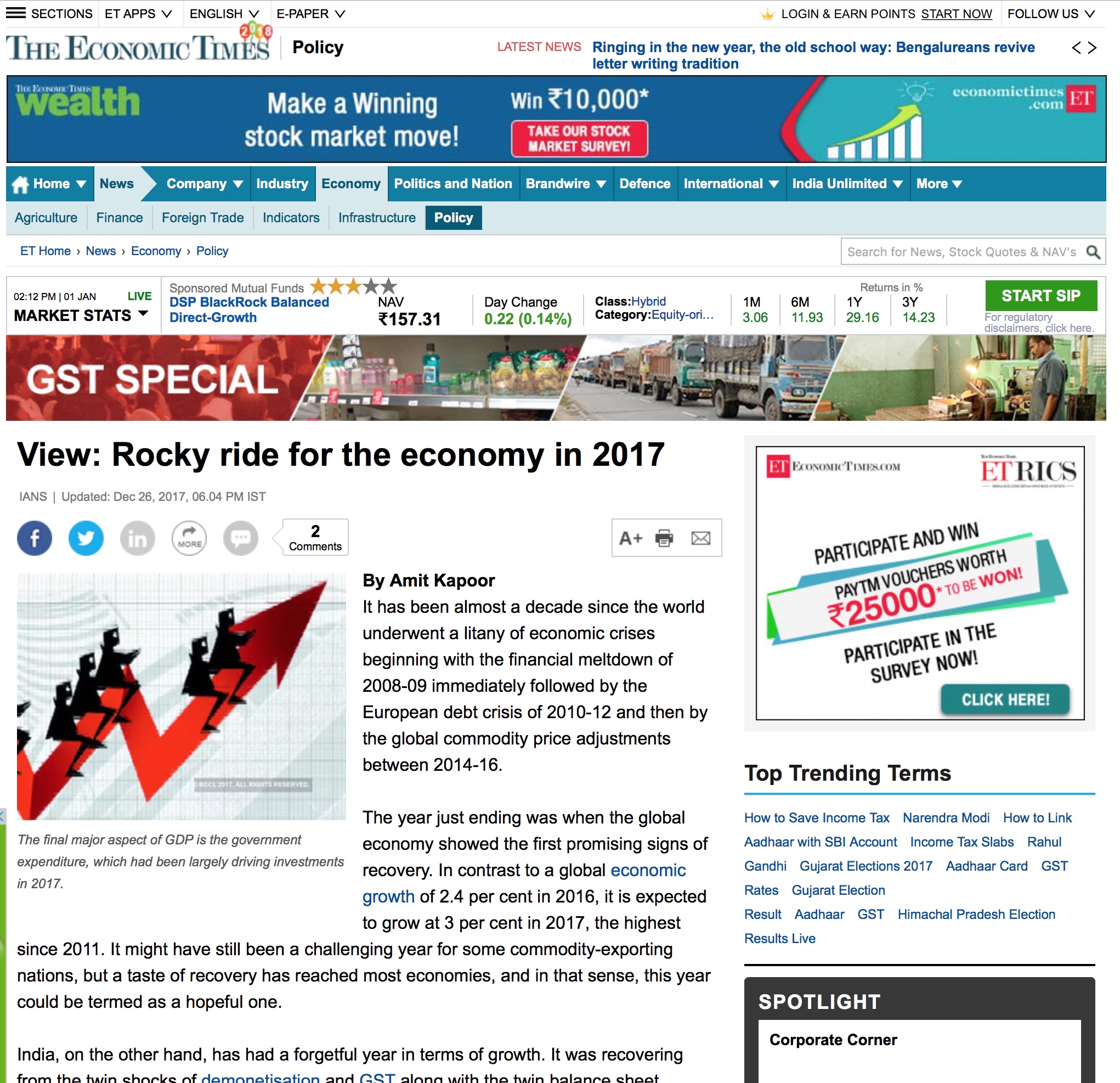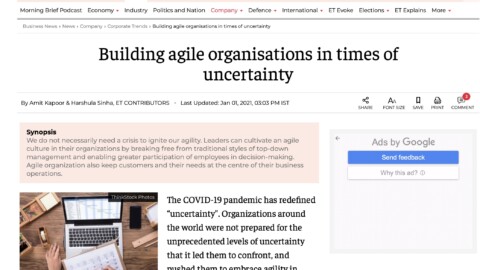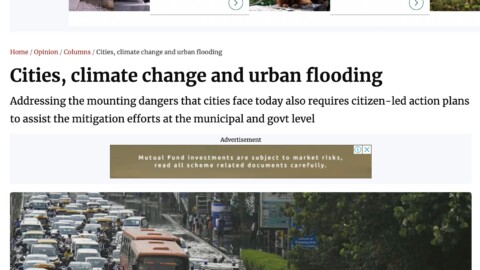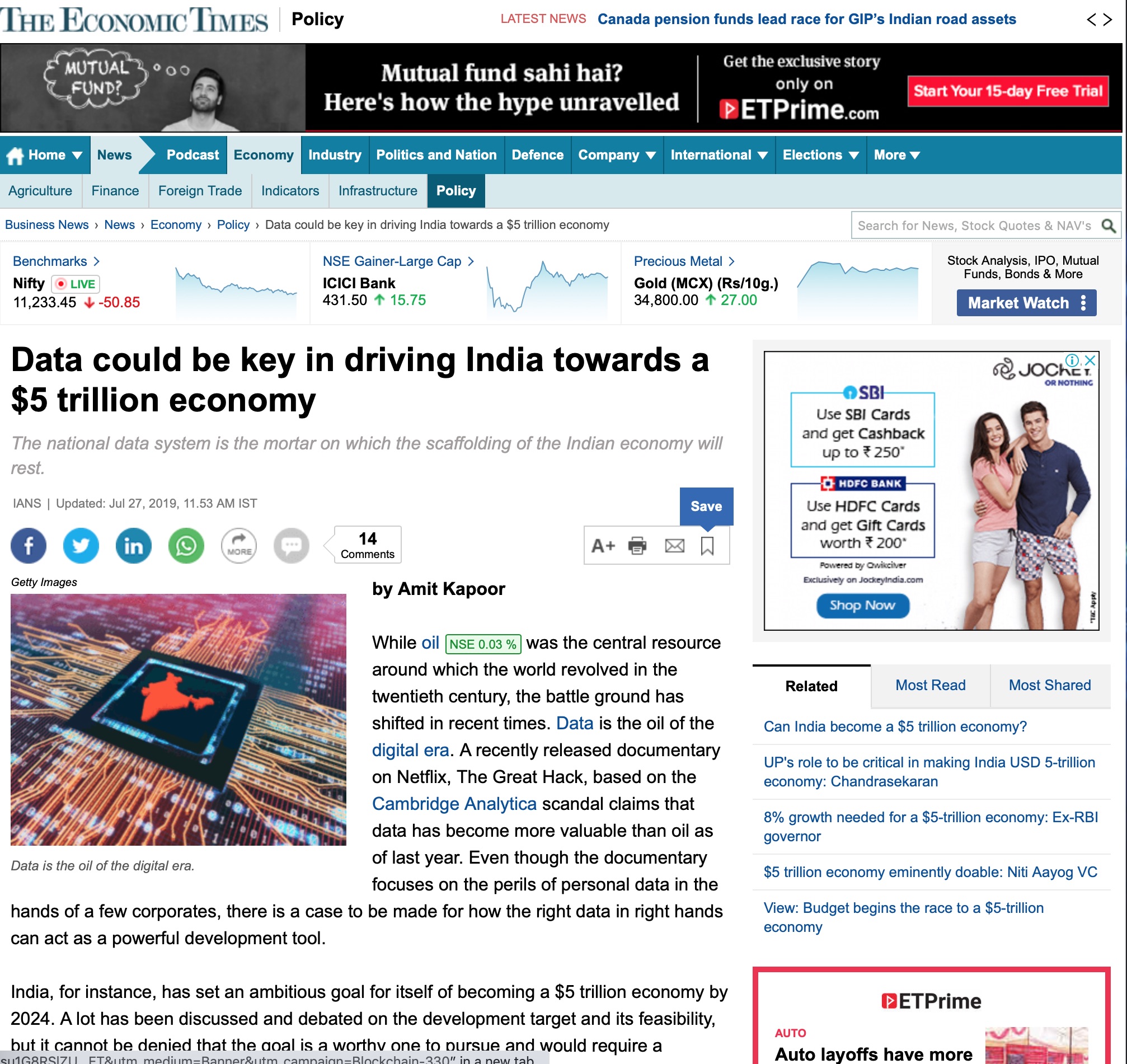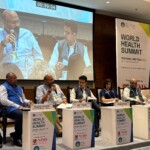Leveraging Global Value Chains: A Recipe for Propelling India’s Manufacturing sector for Inclusive Development
India today is in a climacteric phase. Economically, socially, and demographically, the country has passed through major thresholds and has built considerable resilience to global shocks. Advances in technology, digital public infrastructure, social indicators, and growing per capita income have shown great promise by securing livelihoods, meeting basic needs, and enhancing the quality of life in the country. While India has reaped commendable development gains, there is also a growing sense of precariousness; stemming from the long shadows of a global pandemic, climate change, and geopolitical crises, development gains are rapidly reversing in many emerging economies, taking them further away from making that quantum jump towards becoming a high-income economy.
Though the Indian economy has held its ground remarkably well, this is the make-or-break point for us. India is nearing, or rather, already approaching, the deadline to catalyze its manufacturing sector to create more jobs for a swiftly growing working-age population. The narrative of inclusive development can come to life only with a transformative breakthrough in India’s manufacturing sector, the empowerment of its SMEs, and reforming the agricultural sector from its decades-long slumber. Currently the value added by manufacturing sector to India’s GDP remains low.
(Fig1, Source: RBI KLEMS database)
Against this backdrop, it is critical to understand how integrating into the bourgeoning global value chains (GVCs) can impact India’s manufacturing sector and propel long-term economic growth which in turn can accelerate sustainable development in the country.
GVCs have been a key driver of globalization in the past decades. It has enabled countries and firms to restructure operations more efficiently through outsourcing and offshoring activities at various stages of the production cycle. This allows for the optimization of costs, better value addition to the final product fosters technology and knowledge transfer and provides better access to capital and inputs along value chains. For developing economies, it opens alternate and more straightforward avenues to participate in global trade. Countries no longer must develop the whole value chain for a product that then enters the market; rather, GVCs offer multi-point and multi-level entry into the global market. However, value chains have become more complex and interconnected than ever before and come with their own set of challenges. How has India fared in integrating with GVCs and how can the country leverage this opportunity to support sustainable, resilient, and prosperous growth for all?
Broad trends in India’s GVC participation
For decades, the Indian government has prioritised the development of a robust manufacturing sector. Throughout the 1990s and 2000s, India’s GVC involvement rapidly increased, peaking at 47.6% right before the financial crisis of 2008. However, given the size of our economy, India remains a tiny player in GVCs, particularly when compared to other Asian economies such as Malaysia, South Korea, and Thailand. Indian industries have remained confined in the traditional manufacturing space and have not realised their full potential by focusing on global-scale manufacturing.
Integration into GVCs can be achieved through backward and forward linkages. Backward linkages assess how an economy imports intermediate goods or services to produce its exports, whereas forward linkages refer to inputs provided by one country to another, which in turn produces consumer goods that are exported to third countries. India’s GVC participation has been typically characterised by forward linkages. However, between 2000-2018, India increased the use of imported intermediate inputs for its exports owing to stronger backward linkages.
Since the past couple of years, there has been a reconfiguration of value chains across the world, driven by emerging technologies, climate change and the imperative of sustainable development. India is emerging as a prime candidate to capture this new space. A growing population also points to a robust consumer market. We also need to acknowledge the government’s inclination to boost manufacturing which is critical for job-creatin on a country with growing working-age population. In this spirit the government launched several specific initiatives but broadly the following efforts gave a massive fillip in favour of manufacturing sector. The PLI scheme launched in 2020 reduced India’s dependence on imports and facilitated exports by providing financial incentives to manufacturers. The initiative spanned across multiple industries including automobiles, pharma, telecom, textiles etc. A favourable ecosystem has enabled India to effectively participate in especially automobiles and electronics. A fair share of Indian companies has joined the automobile value chain as both original equipment manufacturers and automobile component manufacturers. Similarly in the electronics value chain, India plays a critical role in assembly and software The government also simplified labour laws with far reaching benefits for industries and has been consistently working towards improving the Ease of Doing business in India. Most importantly India has also focused on infrastructure development and is right on track to becoming a favourite manufacturing destination.
Way forward: Opportunities and challenges
However, India still has a long way to go, and this can be achieved only through strategic policies across sectors to enhance both scale and competitiveness. Policymakers should also consider the challenges of GVC integration. On the one hand, it does enable the economy to make that quantum leap, but we are also living in times when supply chain shocks are palpable. Hence, with great exposure come great vulnerabilities. Secondly, while participation in GVCs increases productivity, it can also reduce the demand for labor in sectors such as agriculture. India will face the challenge of employing this population with limited skills while also employing the growing skilled youth population. Therefore, GVC integration at varying levels is critical. Thirdly, within manufacturing, India needs to look outward rather than inward, i.e., be more global than national. It is crucial to support India’s thriving MSME sector, but large- and mid-size businesses also need to drive growth to generate significant employment and maintain a competitive edge in global manufacturing. Finally, this also presents an opportunity for India to revitalize and amplify its skilled workforce through national skilling campaigns. Integration into GVCs is undoubtedly the way forward for an aspiring and emerging economy like India, but capitalizing on this opportunity requires concerted action at the national, state, and local level to build resilience and grow nationally as well as globally as a prosperous manufacturing hub that can propel economic growth and foster sustainable development.
The article was published with Business World on May 23, 2024.

